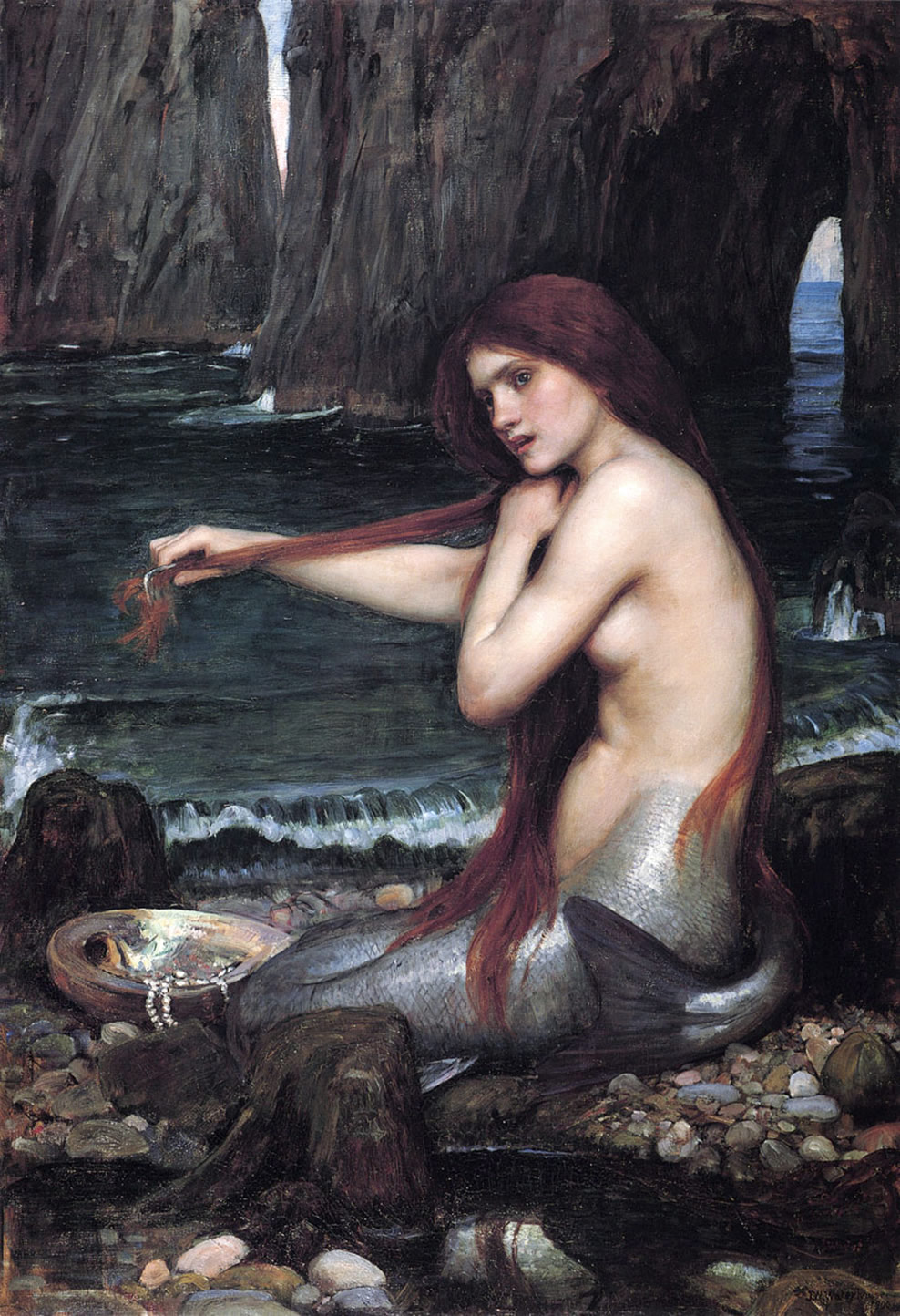You would think that the more freedom the designer has, the more their creativity can flourish and they can produce more original, greater ideas. But it is a well-known fact in the design world that the the best designs are produced when designing under constraint.
Consider the beauty of the canal houses of Amsterdam. In the 17th century, plots of land by the canal were allocated in narrow (but deep) portions to maximise the number of houses. Architects worked around this restriction, resulting in the narrow, tall houses of various shapes and colours that we see today. Another architectural example is Florence and Santorini, where building materials were limited to red bricks or stone painted in white and blue respectively, meaning the buildings shared a consistent colour scheme, while varying in shape – the ideal combination for building a beautiful city.

We see the same in other fields. Photography is limited in the realm of time, as you can only take a snapshot. But by using long-exposure or composite images, time can be represented in unique, beautiful ways. The artistic restriction of painting led to Pablo Picasso pioneering cubism, which attempts to represent the many faces of a three-dimensional object on a two-dimensional medium. Great literature can be produced from limitation also, such as haikus or flash fiction, such as the infamous six-word story by Ernest Hemingway: “For sale: baby shoes, never worn”.
There are many reasons why designing under constraint results in greater works.
Firstly, choice and freedom can be paralysing. When we have absolutely no restricitons, rules or guidance, we have difficulty processing the sheer number of possibilities, because there are too many things to consider. We find it much easier to make a decision and proceed when there are a limited number of choices.
Secondly, constraint often comes in the form of consistency. One of the basic rules of graphic design is to limit your colour palette and font types to avoid clutter and messy design. A consistent theme is much more aesthetically pleasing. This is a core principle of minimalism.
Lastly, limitations encourage creativity as the designer has to come up with a way to overcome the restriction only with the available resources.
A fine example is Gothic churches. It was very difficult putting in large windows in church walls as they would cause structural instability. So architects devised flying buttresses to help bear the load. But even then, the technology for building large, transparent glass windows had not been developed. So instead, they pieced together small, coloured glass pieces to make stained glass windows, introducing light in to the church while telling stories from the Bible.
Ironically, limits and restrictions can be the catalyst for something better. Instead of rebelling and fighting against constraint, try adapting and coming up with a creative way to overcome it.







